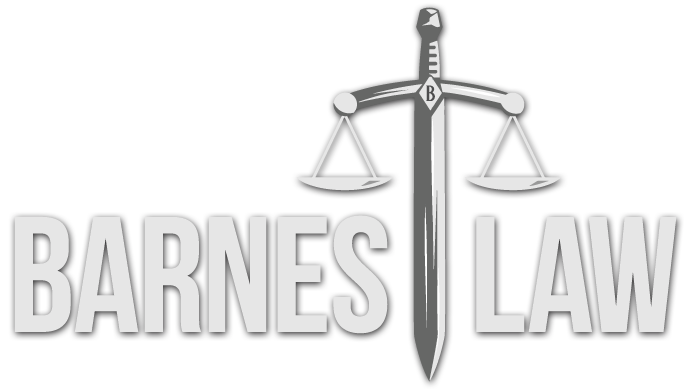Getting Turned Inside-Out: Understanding Liability Protection For Real Estate Property Owners
Real estate is a common investment among professionals and people of moderate and high income levels, especially for generating income for retirement. Rental income —from an office, retail, or residential property — is one of the best sources of passive income (not generated by an active trade or business) and it’s rivaled only by strategically investing for dividends (which usually requires a degree of expertise or free time most people do not possess). Investing in real estate provides a greater degree of control over potential appreciation because there are things the owner can do to boost a property’s value and its income. The typical real estate investor in today’s market is under 55 years old and likely to live in the South or West. More than a third of active investors make more than $75,000 a year with 37% having a high school degree or less[1]. The number of real estate investors today is about equivalent to the number of Americans who own Roth IRAs or the total number of money market fund shareholders. More than 1 in 4 Americans (27 percent) said real estate was the best investment for money they would not need for at least a decade, according to a new Bankrate.com survey of 1,000 investors[2].
Despite figures like these, very few investors have implemented the proper legal structures to get the most out of their investment. As a result, many people expose themselves to unnecessary lawsuit risks and pay far too much in unnecessary taxes on their real estate investments—after all an investment’s return is meaningless if you have to pay the money to creditors, fraudulent litigants or the government.
Many people don’t realize their assets can be attacked from two different directions, often simultaneously, and that asset protection plans need to account for both. Inside-out liability refers to the vulnerability of personal assets to lawsuits that originate against the real property. The most common example of this is a “slip and fall” suit against a landlord. Outside-in liability refers to the vulnerability of business assets or real property to lawsuits against the property owner unrelated to the business or property itself. A common example of this would be a suit over an auto accident.
The best way to effectively control risk exposure to both kinds of liability, is to have an effective asset protection plan in place, which for real property owners, utilizes both insurance and liability protection entities such as limited liability companies (“LLC”).
As far as inside-out liability, each property of moderate value (typically $500,000 or more) should be owned by a separate LLC. Creditors of an LLC, cannot get thru to the owners, or members, unless they have personally guaranteed company debt, have received an improper distribution, or a court allows a piercing of the corporate veil because of alter-ego theories or other theories. Furthermore, assets of one LLC are only subject to lawsuits against that particular LLC. Therefore, segregation of multiple properties into multiple LLC’s is well worth the annual fees and costs associated with registering those entities.
LLCs provide protection against outside-in liability, where a creditor or third party claimant is suing a member of an LLC, to obtain a judgment against the individual and then seeking to collect that judgment by attaching the membership interests of the LLC. Under almost all domestic statutes (1) the charging order is a lien on the judgment debtor’s distributional (assignable) interest; it is not a levy, (2) the creditor cannot exercise any management or voting rights because the creditor has only the rights of an assignee/transferee, (3) the foreclosure of the charged interest does not harm the debtor because the buyer at the foreclosure sale receives no greater right than was possessed by the original creditor, and (4) the creditor, expressly, has no remedy other than the charging order and foreclosure on the charging order.[3] Therefore the creditor cannot interfere with the operation of the business or force a sale of the property.
Property owners often have the opinion that they do not need insurance if the properties are owned properly, or conversely that if they have adequate insurance coverage, ownership structure is irrelevant. They hold these opinions at their own peril. Insurance coverage is essential in protecting against legitimate inside-out claims, however, it does not protect against fraudulent claims, or outside-in lawsuits. In fact, having robust insurance coverage is one of the reasons these fraudulent litigants target the property owner in the first place. In today’s extremely litigious society where even street gangs and organized crime have elaborate “slip and fall” insurance fraud rings[4] it is essential for property owners to have an asset protection plan in place that protects them against all liability.
--By Doug Hanchar, Esq., Barnes Law
Doug Hanchar is an associate attorney with Barnes Law, licensed to practice law in California.
The opinions expressed are those of the author and do not necessarily reflect the views of the firm, its clients, or any of its or their respective affiliates. This article is for general information purposes and is not intended to be and should not be taken as legal advice."
[1] http://www.landlordstation.com/blog/american-real-estate-investing-statistics-and-trends/
[2] http://www.bankrate.com/finance/consumer-index/financial-security-charts-0715.aspx
[3] ULLCA §§101(6), 501-504; Cal. Corp. Code § 17302.
[4] http://www.insurancefraud.org/article.htm?RecID=3350#.VxhUPzArKUk; http://www.propertycasualty360.com/2012/07/10/organized-violent-criminal-empires-target-insurers
